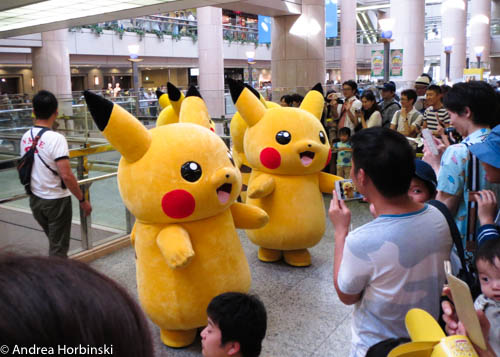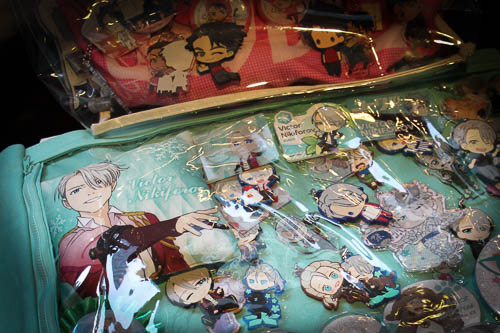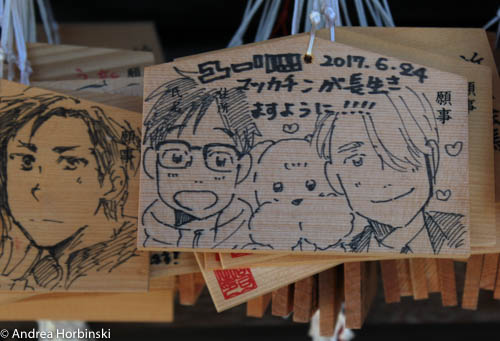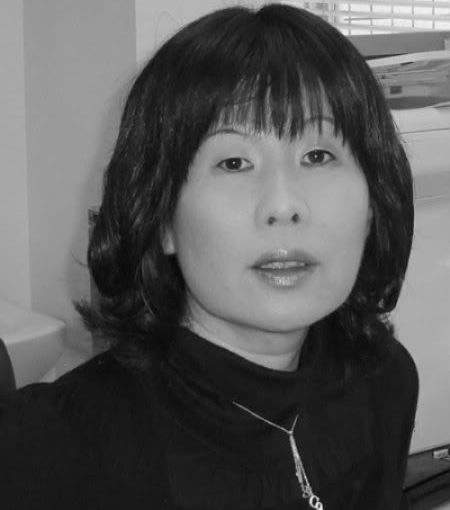For the second issue of 2019, the Mechademia: Second Arc journal will focus on the theme of Materialities Across Asia. Authors are invited to submit papers on this topic of 5000-7000 words by June 15, 2018 to submissions [at] mechademia.net.
Materiality, and the issues of agency, diversity, and access that extend from particular collections and condensations of materials, have become topics of increasing interest for both fans and scholars of Asian media in recent years. As an aesthetic concept, “materiality” opens up questions as to the relative nature of truth that appears in material objects, and yields a flurry of discussions from various theoretical positions concerning the makers, processes, markets, theories, and reception of these objects. Anime, manga, and gaming, as the primary materials of the otaku culture, have long since acted as originary objects in the study of the Asian media mix, in part due to the early introduction of such products into the global market for toys and other youth-oriented commodities.
However, “materialities across Asia” is a much broader field than its Japan-associated media mix, and it is becoming increasingly important for English-language publications to investigate the massive field of globally related objects emerging from various national, pan-Asian, and transnational contexts. As many works are now created through transnational production systems, a focus on materiality calls into question the presumed relation of many cultural objects to their supposed nation of origin. Along with “Japanese” anime, plastic models, and Sanrio “fancy goods,” (which are in fact often produced in China and South Korea), it is necessary to explore the full gamut of pop-culture related objects in Asia, from Taiwan’s cute and trendy religious figurines of local deities made for sale in domestic Family Marts to the many products related to Korean pop idols and K-drama stars available in Japanese shops and abroad, to name just a few examples. The impacts of this glut of material objects and their consequences in the aesthetic, cultural, economic, and environmental realms are a growing concern for theorists and artists in this field.
For this volume of Second Arc, the editors invite papers of 5000 words or less which present new research on the historical manifestations and ongoing impacts of material objects related to East Asian popular culture. Papers should address the causes and potential effects of this messy constellation of “things,” not only for contemporary cultures and economies on the macro scale, but also for the individual makers and users who are on the vanguard of interpretation, reception, and indeed the very development of these emerging materialities.
We welcome papers treating, among other themes:
- The material production processes of visual media, e.g. animated films and series, special effects/tokusatsu films, manga/manhwa, puppet plays, etc.
- Collecting and collector culture
- Archives, databases, and recordings of material culture, e.g. fanzine archives
- Ephemera and memorabilia (pamphlets, event programs, promotional items, giveaways, signs, posters, etc.) and their role in fan culture
- Representing “living objects”: robots, cyborgs, automata, and figures that question the dividing line between “object” and “subject”
- Sex, gender, and “objectification”
- 2.5D texts and performances
- Historical trends of development, rupture, or continuity in the aesthetic traits, circulation, and reception of material objects
- Digital materials and materialities
- Material authenticity
- Labour and class in pop culture industries
- Ownership, copyright, and commerce
- Subcultures based on material objects, collections, fashions, etc.
- “Brand nationalism” and the integration of goods into discourses of national and transnational identity
Submissions should be 5000-7000 words. The Mechademia Style Guide and Essay Parameters are available at mechademia.net.




